Podcast Episode #37: Meal Advice from a Dietician
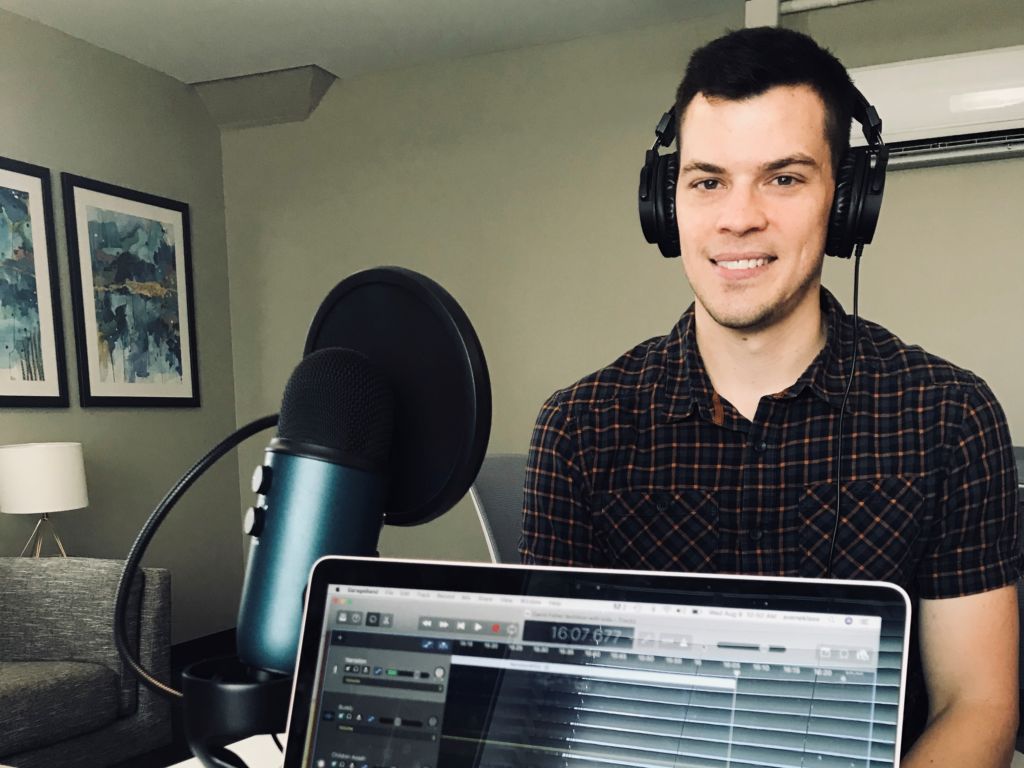
What is a micro and macro nutrient? What does processed really mean? Today we talk to David Fisher, a licensed dietician and consultant for Life Fuel in Grand Rapids. He is a wealth of knowledge and you won’t want to miss what he has to say about our eating habits! You can listen to this […]
Podcast Episode #34: Chiropractic Care During Pregnancy
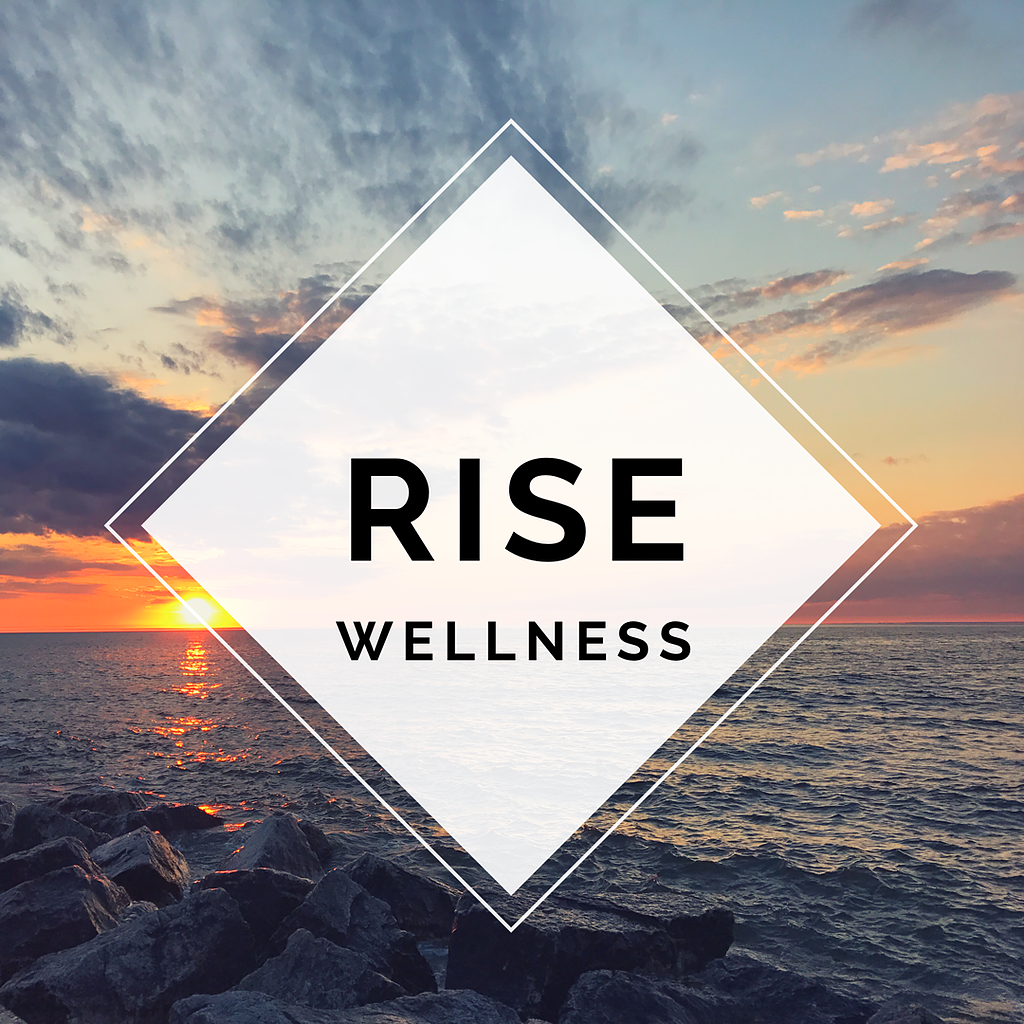
Today we talk to Dr. Annie of Rise Wellness about what chiropractic care looks like during pregnancy. You can listen to this complete podcast episode on iTunes or Soundcloud. Alyssa: Hi, welcome to another episode of Ask the Doulas. I am Alyssa, co-owner and postpartum doula at Gold Coast. Today, we have Dr. Annie […]
Mothership Certified Health Service Providers
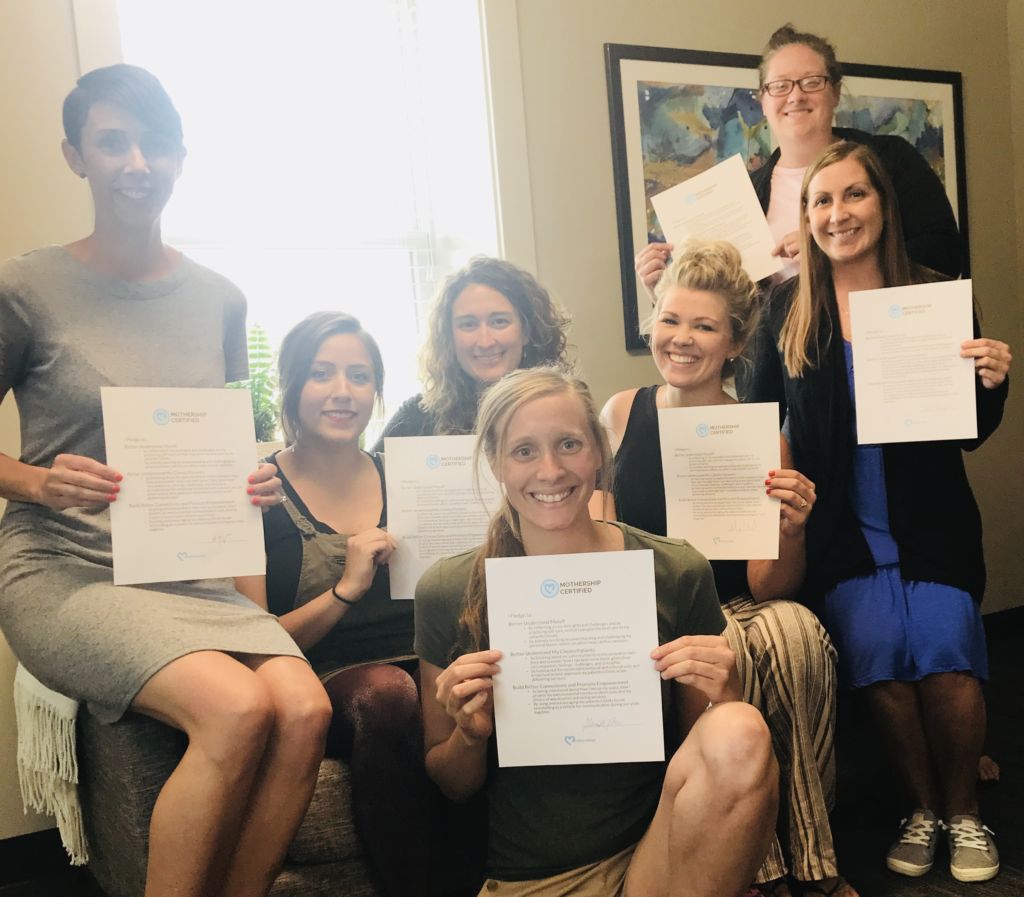
Many of our doulas are Mothership Certified Health Service Providers. Sounds cool, but what does that mean? Here’s a simplified breakdown of what we learned in our training and why it’s so important. The training involved learning the difference between empathy and sympathy. We understand that empathy never starts with, “At least…”. Here’s a great […]
Podcast Episode #31: Rise Wellness Chiropractic
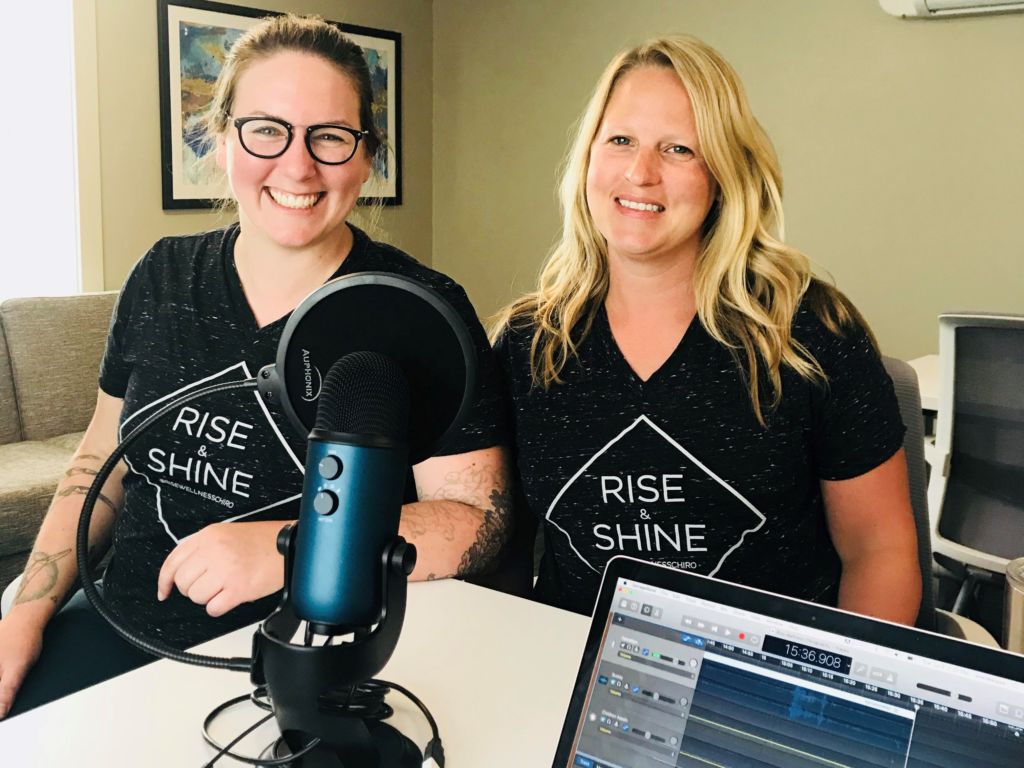
Dr. Annie and Dr. Rachel of Rise Wellness Chiropractic in Grand Rapids talk about their approach to helping mothers and babies, as well as how and why they decided to start their own practice. You can listen to the podcast on iTunes or SoundCloud. Hello, and welcome to another episode of Ask the Doulas. […]
Podcast Episode #30: Amber the Coziness Consultant
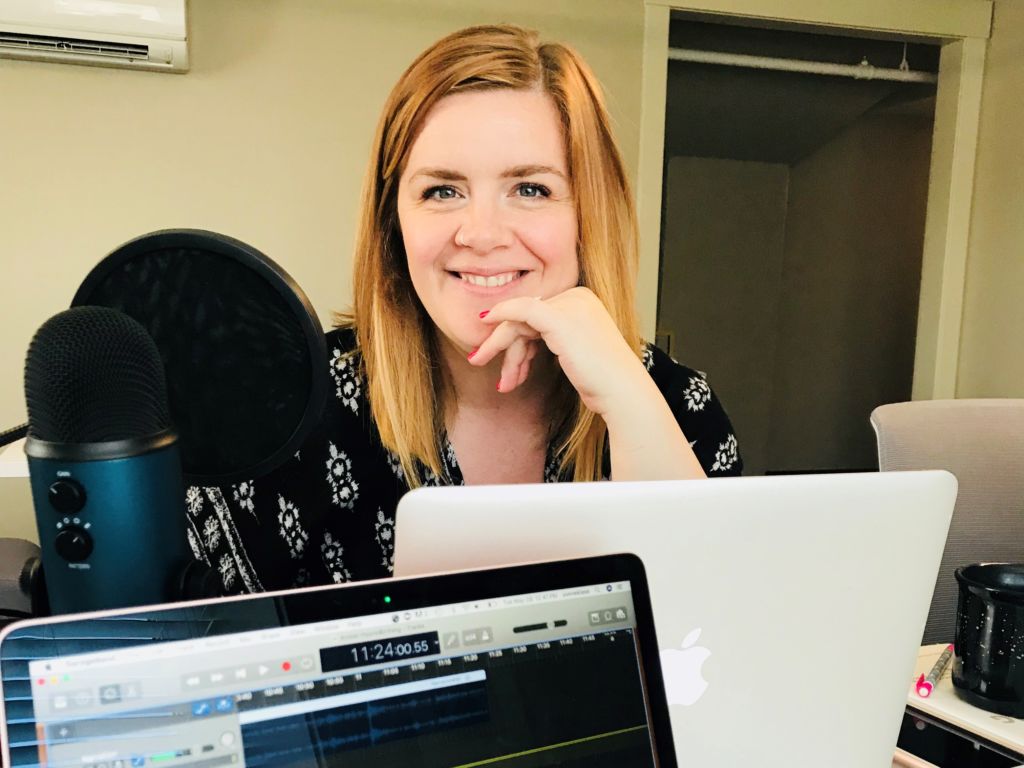
How do you make a space cozy when you have children and babies taking over your house? Amber, The Coziness Consultant, gives us some easy tips for maintaining your sanity during this season of life. You can listen to this podcast on iTunes and SoundCloud. Alyssa: Hello. Welcome to another episode of Ask the […]
Podcast Episode #27: Let’s Talk About the Pelvic Floor
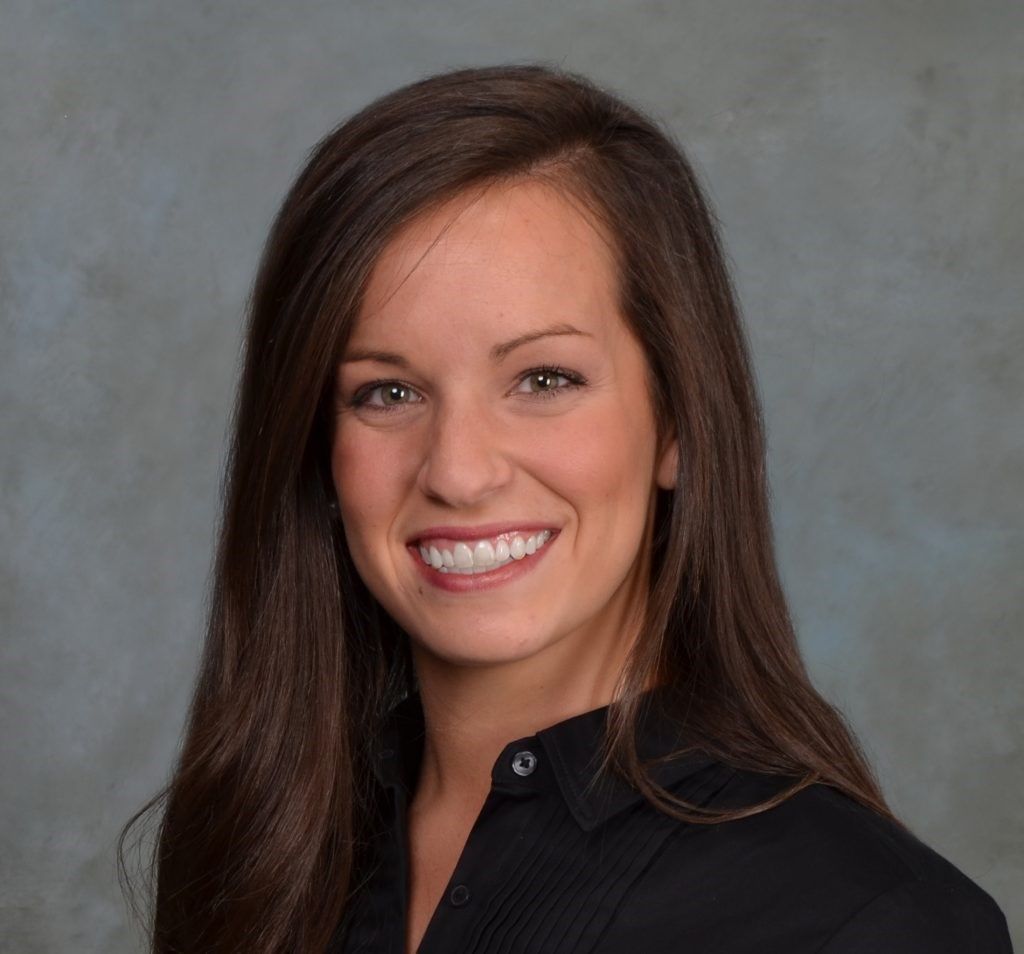
Today on Ask the Doulas, we talk to JoEllen Bender of Hulst Jepsen Physical Therapy in East Grand Rapids. She is a physical therapist who specializes in women’s pelvic issues. Listen as she gives some tips and dispels some myths about the pelvic floor. You’re doing kegels right now, aren’t you?! Listen to the podcast […]
[uncommon sense]: The Importance of Quality Self-Care
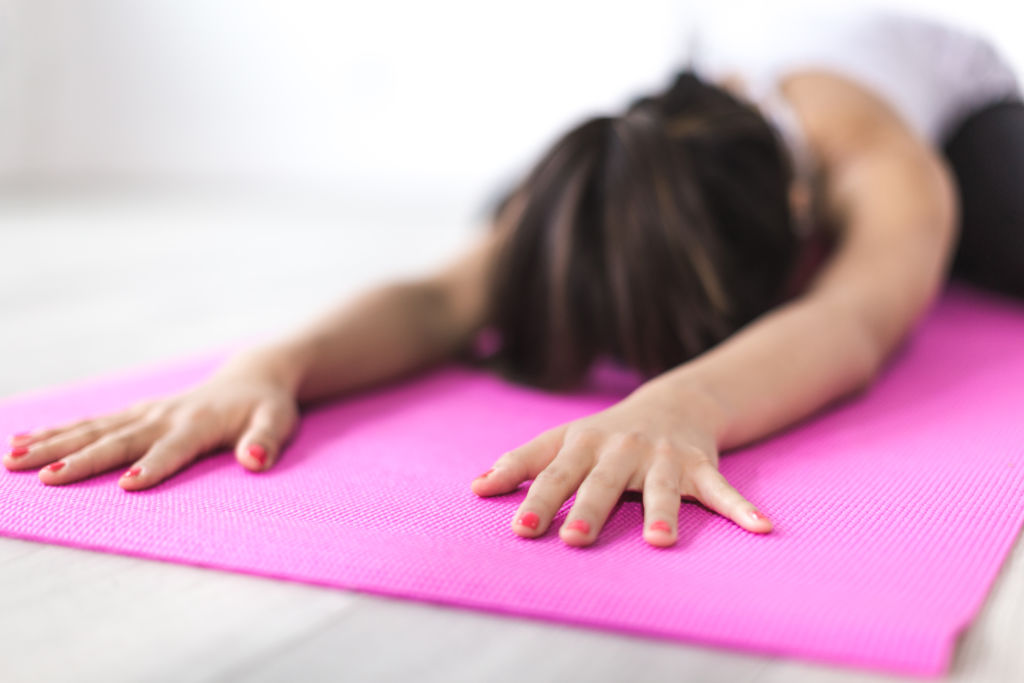
Alyssa recently spoke at an event about the importance of self-care. This is a summary of her conversation. We hope you can take away some good advice about what quality self-care means to you and how to apply it to your busy life! Self-care has become one of those phrases that we roll our eyes […]
[un]common sense: Managing your guilt as a Mompreneur
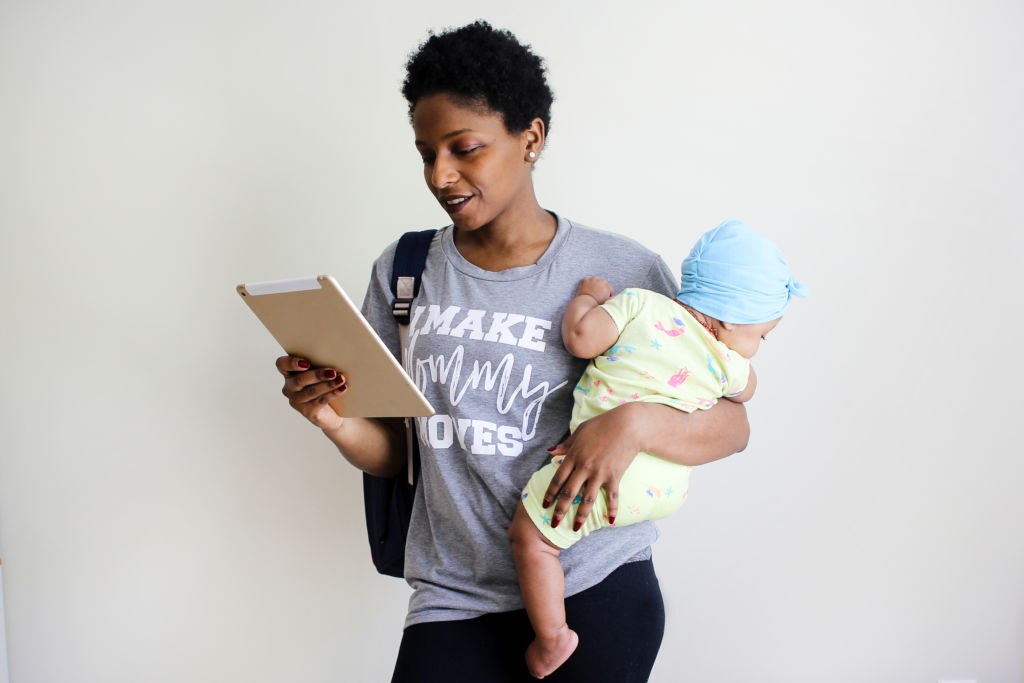
Today’s blog is written by Alyssa Veneklase – mother, wife, doula, and business owner. She talks about not just mom guilt, but very specifically the type of guilt we have as mothers and business owners. Enjoy! I worked full-time in an office when I found out I was pregnant, and my assistant at the time […]
What Does Self-Care Look Like For You?

Today Kristin talks about what self-care looks like for her and gives some easy ideas for how to incorporate self-care into your routine. I was camping at a music festival last fall and walked up to two friends, both teachers, who were talking about how they nurture themselves. It is so easy to feel depleted […]
Podcast Episode #14: Grief
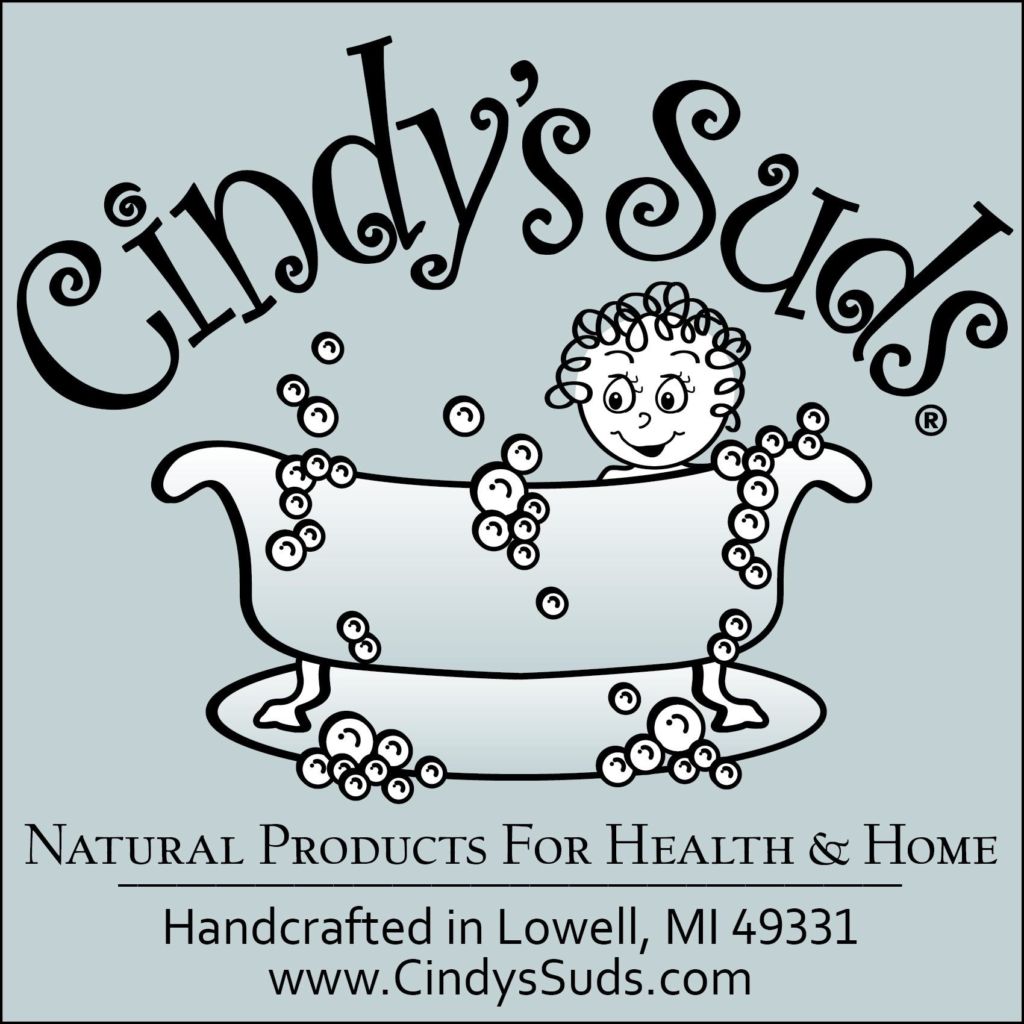
On this episode of Ask the Doulas, Alyssa talks with Cindy of Cindy’s Suds about her experience dealing with grief and how she found her purpose and mission to help sustain her. This podcast is available to listen to on iTunes and Soundcloud. Alyssa: Hi, welcome back to another episode of Ask the Doulas. […]
Mom Guilt: How to Survive it and Grow from it
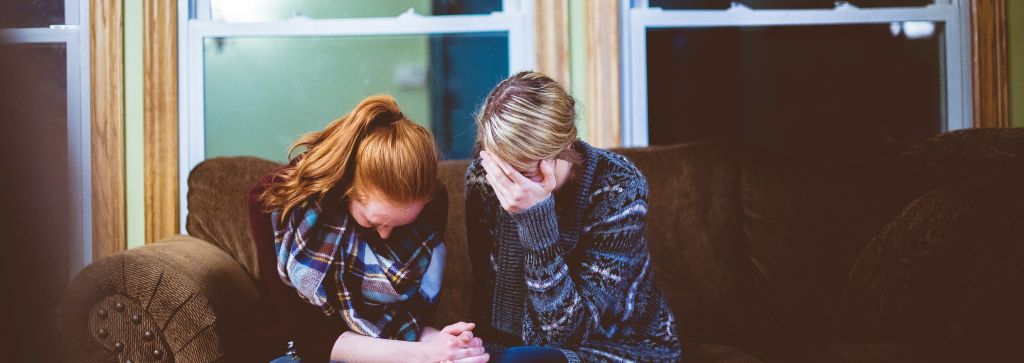
Today’s guest blogger is a past birth client of ours, Nicole Vega, LMSW, CHC. Nicole is a fully licensed clinician and certified health coach. Nicole received her Master’s in Clinical Social Work in 2012 from Western Michigan University and became certified as a health coach in 2016. Her work is founded on the principle that individuals […]
